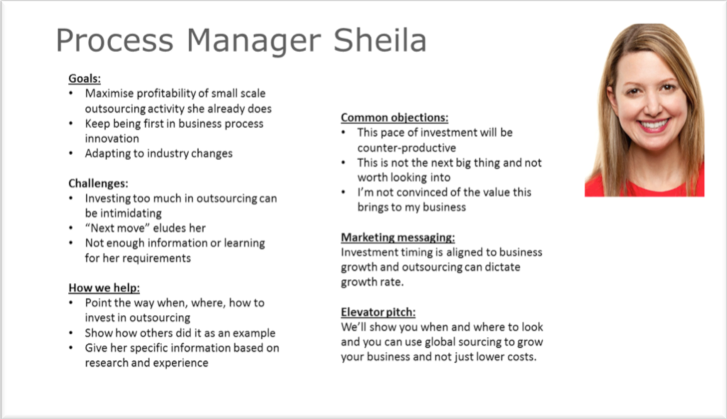
Businesses Should Remind Themselves That The Customer Is At The Core Of SEO
Harvard and MIT started a joint massive online open course (MOOC) project called EdX, which now has a lot of the world’s top universities’ online courses. One of MIT’s online offerings was about becoming an entrepreneur, called Entrepreneurship 101: Who is Your Customer? It focused on designing a business model through lean strategies focusing on who the target user is going to be.
It’s fundamental, but informative. Plus, it’s a great reminder of something that many existing business owners often forget: The customer is at the core of their digital marketing efforts, including search engine optimization (SEO).
Customer-Focused Marketing and SEO
Far too many businesses that want to invest in SEO think too much about ranking and link building, and too little about who they’re doing it for. Google said it best when it recommended optimizing for humans first and crawlers later. A solid focus on developing your target user should be a significant part of the earlier stages of your business anyway. You can then expand on this focus to include marketing channels as you add them.
Like in the MOOC course mentioned above, if you identify your beachhead market and identify your core target users, then refine your data into buyer personas, you can make better-informed business decisions. This spills over to marketing both in the traditional and digital arena. You can use your user profiles and personas, even in SEO.
For instance, you can:
- Map buyer personas to stages of the search journey (navigational, informational and transactional search)
- Integrate keyword research and targets to the pain points and goals of your buyer personas
- Align web page optimization efforts with buying preferences based on user profile data and prioritize optimizing the web pages that can potentially increase sales more quickly

A Hack-and-Slash Approach
What happens today is a brand thinks it needs a blog and then goes about the entire thing the wrong way. You don’t get a business blog running for its own sake. The content infrastructure you create for your brand is the foundation of your SEO efforts (as well as other investments down the road, such as full-fledged content marketing), so you need to have an SEO-focused development plan from the start.
Furthermore, doing a domain-wide audit and implementing changes can hinder what otherwise could be more productive business development work in the later stages of your business’s growth.
The hack-and-slash approach of blogging for its own sake results in a hit-and-miss experience. It’s uncoordinated and unoptimized — the opposite of what’s required to make it work. Instead of jumping on the industry bandwagon just because, don’t lose sight of why you’re jumping in the first place. Focus on what your users want. Do they even want a blog? What do they want to learn about? How can you align what they want and need to your marketing efforts? How can you leverage their preferences for your keyword research and targets? How do you use that to tweak your meta data and make your snippets more click-worthy in search engine results pages (SERPs)?
Define the Customer Experience and Craft an SEO Strategy Around It
What sort of customer experience do you aim to deliver? Ask a few important questions and you can start to map your way:
Ideally, your customers should do what?
Sample answer: Find your website through a few target keywords that you dominate on SERPs.
And then what?
Sample answer: Visit the site and purchase, or come back later and purchase.
Seems straightforward enough, doesn’t it? So let’s break it down.
You’ll need to know your target keywords. Most of the time, SEO consultants and businesses perform some keyword research, cull their options, and target keywords that have a good middle ground between traffic and competition. Most would assume that because of high traffic (lots of people use the keyword), their specific users would be using them, too. While, generally, this might work, you still need to know if your users are indeed within the very general traffic field defined by the keyword research tool you’re using (probably Google Keyword Planner).

So take a look at your buyer personas, their needs and wants, objections and goals, and demographics. If you can, even bring in some direct survey data on your market asking what keywords they use to find your products or services. Check your keyword research against these bits of information and you can develop a better-informed keyword strategy.

Craft your SEO strategy around your customer: Identify the best target keywords for discovery based on priorities, align content to those channels, and then map out content types and subject matter to the customer journey.
What happens to the customer experience that you provide when you do this? The people who are trying to look for you with very specific keywords find you easier, and if your on-page optimization is also done well, they land on well-optimized pages that lead them to what they want. If they haven’t made the decision to purchase yet, at the very least you create a search experience that lets users know that you’re a viable option when they finally decide to buy. From your side, you get increased relevant traffic, decreased bounce rates, more engagement, more conversion, more repeat business and better brand recall.
Everything revolves around the user experience now — from design to communication. The customer has the power — and that’s not a bad thing for digital marketing and SEO.




